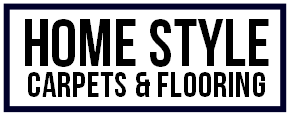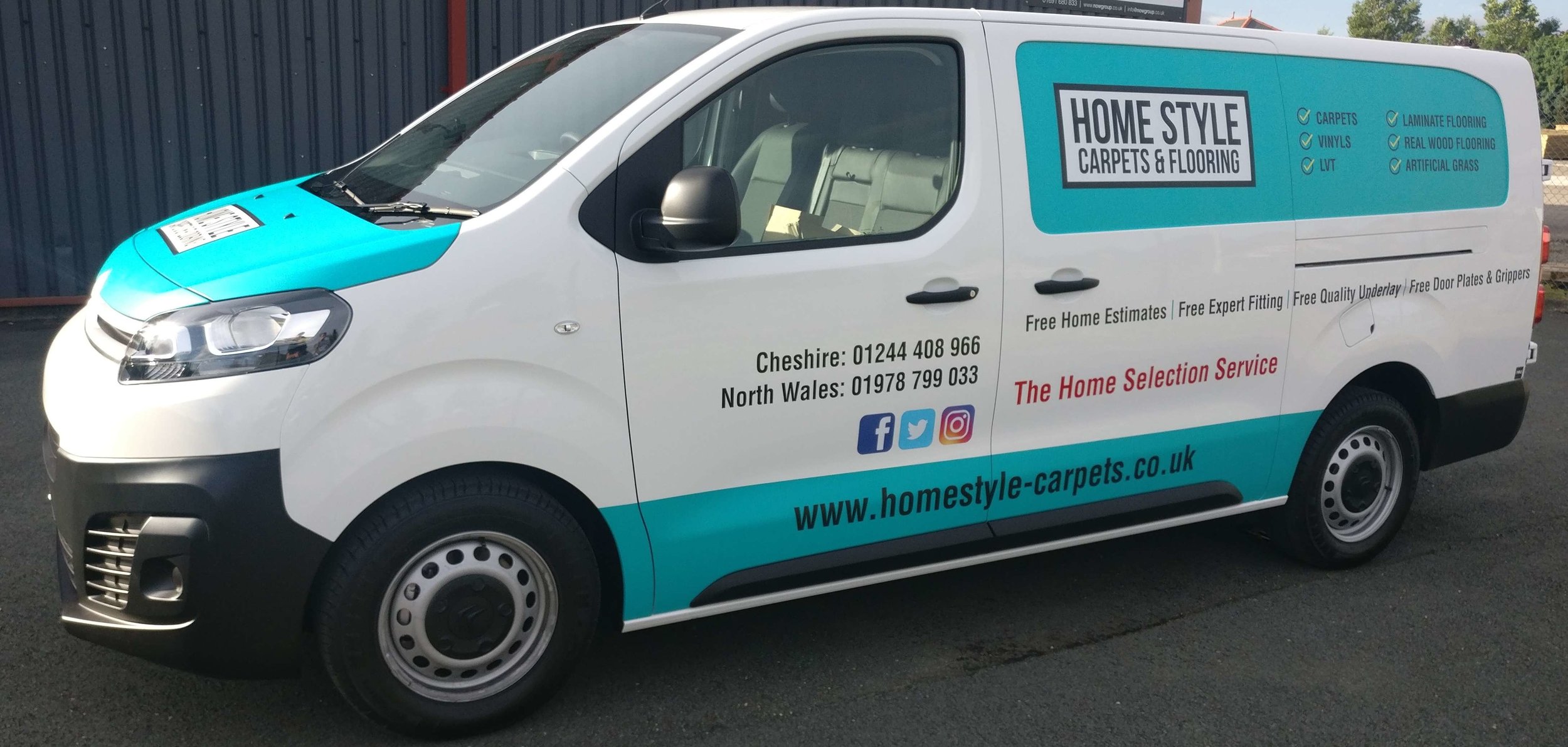One of the main benefits of underfloor heating is the ability to step barefoot onto a warm floor on cold winter days. This form of heating is a great way to make a home feel warm and cosy.
What is underfloor heating?
Underfloor heating is a system of pipes or wires that is installed below the top layer of the floor that heats up to warm a property.
There are two types of underfloor heating. There is electrical, which uses wires, and wet heating systems, that have pipes through which warm water flows. Electric underfloor heating is easier to install, but more expensive to run. To heat this way, installers connect the heating wires or mats to an electrical supply and a thermostat control unit that passes an electric current through the wires.
Wet underfloor heating requires a boiler or heat pump, and pipes buried in the subfloor as well as a thermostat controller. It is expensive to fit but is often installed in new buildings. However, once installed, it is energy efficient.
Underfloor heating provides uniform heating levels across the whole floor. It is reliable and easy to maintain. Wet systems require an annual boiler check and service. Electric heating is noiseless, but there is some low noise from wet floor boilers.
Most, but not all floor coverings are suitable for putting over underfloor heating.
What flooring is best on top of underfloor heating?
One way to compare floor coverings for underfloor heating is to measure the average heat output that is transferred from the underfloor heating to the floor surface. Stone or tiles are best for heat transfer followed closely by vinyl, then wood and carpets. Another quality of stone and tiles is that they also warm up particularly quickly.
Though stone and tiles are best for underfloor heating, in living areas and bedrooms, some prefer the look and feel of other floor coverings. Tile and stone floors are recommended for kitchens, bathrooms and utility rooms. Though underfloor heating under stone is cheaper to run, the difference in running costs between floor coverings is small. For most users, the look and feel of a floor over underfloor heating is more important than small increases in running costs.
Carpet is fine over underfloor heating. However, if the carpet combined with the underlay has a 2.5 tog rating or over, its insulation properties will block the efficient transfer of heat to the floor's surface. A thin carpet but with thick underlay may also be unsuitable for underfloor heating. Use a carpet underlay with a low tog rating such as Quick-Step Silent Walk that prevents dampness and condensation and has low heat resistance.
Luxury vinyl is a viable choice for underfloor heating as it allows heat to move easily around the floor. Linoleum flooring is also suitable. Some vinyl and linoleum are sensitive to high temperatures so are best suited to rooms with lower heat requirements. Check with the manufacturer or a floor retailer.
If using a solid smooth floor covering over underfloor heating, making a room cosier with rugs is fine and will not significantly affect underfloor heating efficiency.
Can I put laminate flooring over underfloor heating?
Laminate flooring is usually suitable for underfloor heating, but not all types are. Check the flooring specifications or seek advice from the manufacturer or a flooring retailer. Some laminates have the manufacturer's maximum temperature rating guidelines.
As there is a wide range of flooring available for use over underfloor heating, this means that you don't have to compromise on décor style with this heating option.
What flooring is not suitable for underfloor heating?
Cork flooring is not good for underfloor heating, as it may dry out and shrink.
Solid wood flooring may be efficient at transferring heat, but it has issues as the planks can warp and expand as their temperatures change. It is possible to use solid wood if it has been acclimatised for a while in the room before fitting to avoid the planks expanding or contracting after installation.
If you want the look and feel of natural wood without the warping issues of solid wood, choose engineered wood flooring. This type of flooring has a natural wood top layer and several layers underneath. The planks are more stable than solid wood and resist warping.
As mentioned previously, avoid high tog rated carpets and underlay combinations for underfloor heating. These carpets won't be damaged by the heat, but will create an inefficient heating system.
If you are installing underfloor heating or renewing the flooring over existing heating and need further advice about flooring options, talk to your local flooring retailer in Chester or North Wales.

